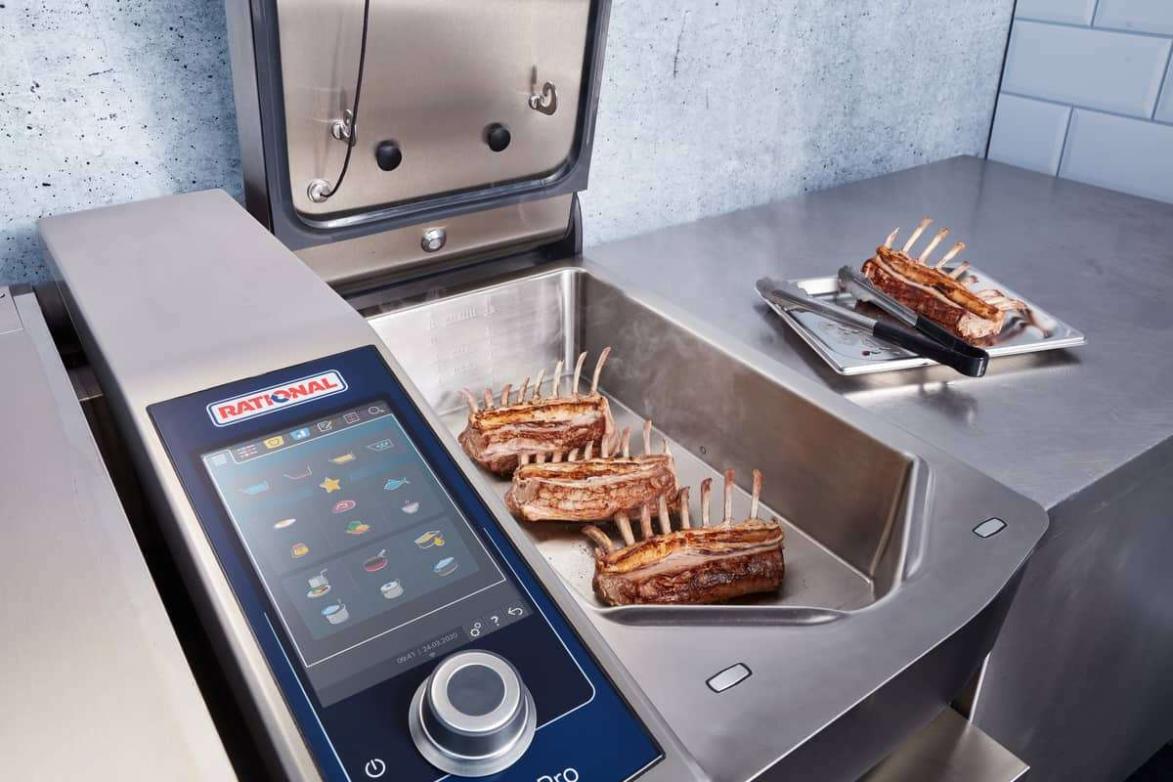How to Use Catering Supplies Safely and Efficiently
In the catering industry, the proper use of catering supplies is paramount to ensuring a successful and memorable event. These supplies play a crucial role in food preparation, presentation, and service. However, improper handling and storage of catering supplies can pose potential risks to food safety and overall event management.

I. Safe Handling Of Catering Supplies
1. Personal Hygiene:
- Handwashing: Emphasize the importance of frequent handwashing with soap and water before and after handling catering supplies, especially after using the restroom, coughing, or sneezing.
- Appropriate Attire: Instruct staff to wear clean and appropriate attire, including hairnets, gloves, and aprons, to prevent contamination of food and supplies.
- Avoid Contact with Contaminated Surfaces: Train staff to avoid contact with contaminated surfaces, such as raw meat or poultry, and to use separate utensils and cutting boards for different food items.
2. Proper Storage:
- Temperature Control: Store perishable food items at proper temperatures to prevent spoilage and bacterial growth. Maintain cold foods at or below 40°F and hot foods at or above 140°F.
- Organization and Labeling: Organize and label storage areas to ensure easy access and inventory control. Clearly label food items with their names, dates of preparation, and expiration dates.
- FIFO (First In, First Out) Principle: Implement the FIFO principle to ensure that older items are used before newer ones, reducing the risk of spoilage.
3. Equipment Maintenance:
- Regular Cleaning and Maintenance: Ensure regular cleaning and maintenance of catering equipment to maintain optimal performance and safety. Clean and sanitize equipment after each use, following manufacturer's instructions.
- Proper Cleaning Agents: Use appropriate cleaning agents and techniques to effectively remove dirt, grease, and food residues from equipment surfaces.
- Sanitization: Sanitize equipment using approved sanitizing agents to eliminate harmful bacteria and ensure food safety.
II. Efficient Use Of Catering Supplies
1. Planning And Organization:
- Detailed Event Plans: Create detailed event plans that include menu selection, guest count, and equipment requirements. This helps avoid wastage and ensures efficient use of supplies.
- Accurate Guest Count: Obtain an accurate guest count to determine the appropriate amount of food and supplies needed, minimizing overstocking or shortages.
- Equipment Checklist: Prepare a checklist of all necessary equipment and supplies to ensure nothing is forgotten on the day of the event.
2. Inventory Management:
- Accurate Inventory Records: Maintain accurate inventory records to prevent overstocking and shortages. Regularly update inventory levels and track usage patterns.
- Inventory Checks: Conduct regular inventory checks to identify items that are running low or expiring soon.
- Inventory Management Software: Consider using inventory management software to streamline inventory tracking and ordering.
3. Portion Control:
- Measuring Tools: Use appropriate measuring tools, such as scales, measuring cups, and spoons, to accurately measure and portion food items.
- Standardized Recipes: Develop standardized recipes that specify the exact quantities of ingredients needed for each dish, ensuring consistent portion sizes.
- Training: Train staff on proper portion control techniques to minimize food waste and optimize the use of catering supplies.
III. Safety And Sanitation Guidelines
1. Food Safety:
- Food Handling: Train staff on proper food handling techniques to prevent foodborne illnesses. This includes avoiding bare-hand contact with ready-to-eat foods, using separate cutting boards for different food items, and cooking food to the proper temperature.
- Temperature Control: Maintain proper food temperatures throughout preparation, storage, and service to prevent bacterial growth.
- Cross-Contamination: Implement measures to prevent cross-contamination between raw and cooked foods, such as using separate utensils and work surfaces.
2. Sanitation Practices:
- Clean Work Environment: Maintain a clean and sanitary work environment by regularly cleaning and sanitizing work surfaces, equipment, and utensils.
- Handwashing Stations: Provide easily accessible handwashing stations with soap and water or hand sanitizer for staff to use frequently.
- Waste Disposal: Implement proper waste disposal practices to prevent the accumulation of food waste and debris, which can attract pests and pose health risks.
Using catering supplies safely and efficiently is crucial for a successful and memorable event. By following these guidelines, caterers can ensure the safety of their guests, prevent foodborne illnesses, and optimize the use of their supplies. Proper handling, storage, and maintenance of catering supplies, along with effective planning and organization, contribute to a well-executed event that leaves a lasting impression on attendees.
YesNo

Leave a Reply